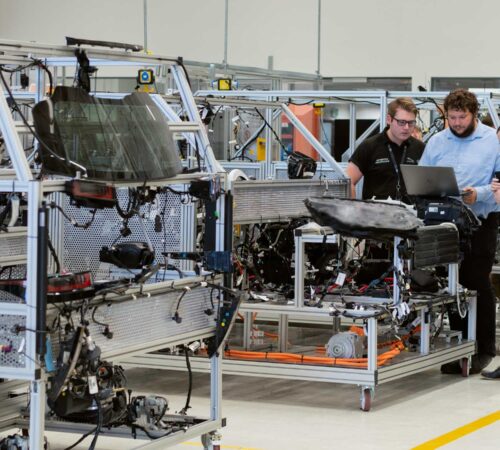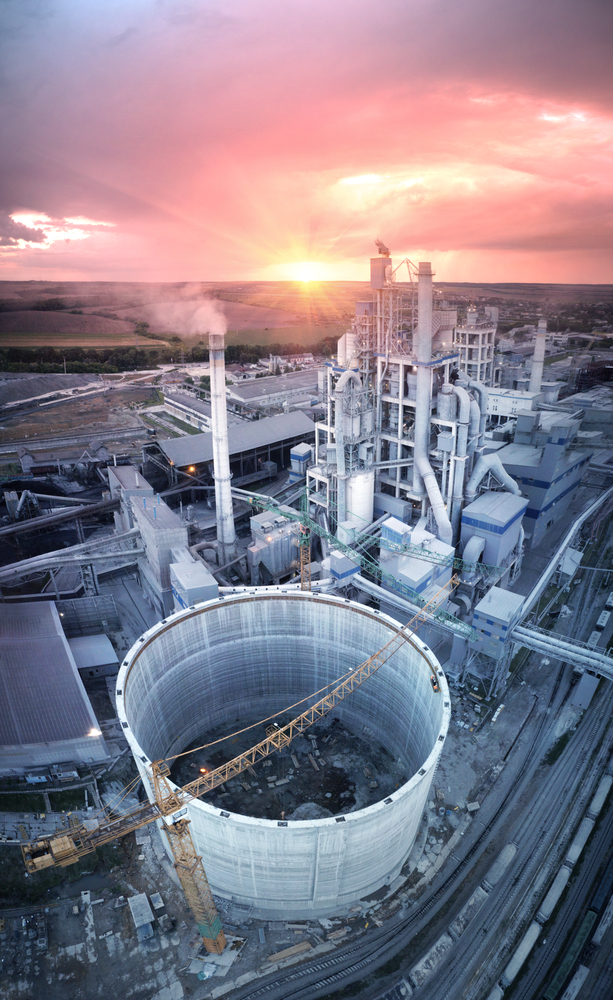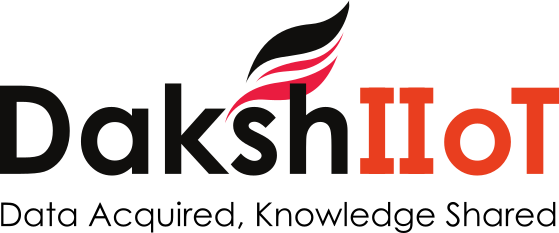Plant / Production managers often get confused between efficiency and effectiveness. Efficiency is the ability to achieve a certain result and effectiveness is the degree to which that result is achieved.
Your equipment may be efficient when operated in isolation but how effective it is in a production process, is what matters most. Overall Equipment Effectiveness (OEE) is an important KPI for all industries.
This is even more important in the manufacturing industry because the quality & quantity of products directly depend on OEE.

Overall Equipment Effectiveness(OEE) is the most effective way of measuring productivity & evaluates how efficiently the manufacturing unit is running. Moreover, it helps you notice a problem in the operations, identify which percentage of manufacturing time is productive, and fix it while giving you a standardized gauge for improving OEE and tracking progress. The goal for measuring your OEE is continuous improvement and productivity
Overall equipment effectiveness is used as a benchmark to compare any given production to industry standards and get visibility into the shopfloors, plants, etc.
Good OEE values are 70% and above. Through OEE calculation and visualization, it becomes possible to identify sources of loss and optimize bottleneck machines. Non-optimized machines, which usually only have a value of less than 60 %, can thus be improved:
OEE How to Calculate – Availability x Performance x Quality.
Overall Equipment Effectiveness (OEE) measures the machine potential that brings visibility to opportunities for improvement. Maximize the benefits with OEE tracking systems of visualizing production data and the real-time visibility on the shop floor.

Availability
Availability refers to the amount of time in which the machine really runs and is available for production, but sometimes it might get hampered due to some factors:
• Blocked sensors
• Misfeeds
• Jams
• Machine Breakdowns
Performance
Performance is when production is running at its fullest possible capacity and get reduced by the following factors:
• Worn-down equipment
• Poorly maintained machinery
• Environmental factors
• Operator issues
Quality
Quality takes into account Quality Loss, which accounts for manufactured parts that do not meet quality standards and also refers to the state of products and expected yield. The quality can be affected by the factors like :
• Poor quality include operator error
• Incorrect settings
• Inefficient batch changeover processes.
